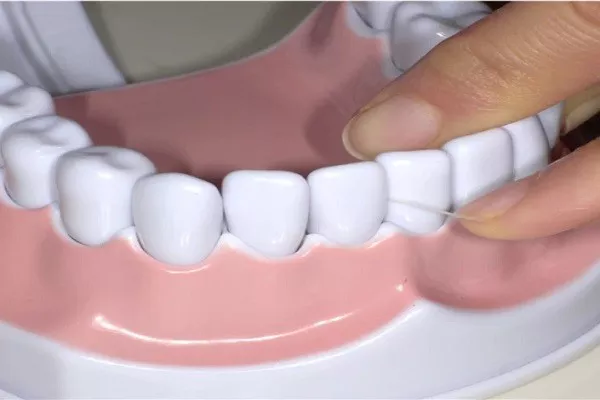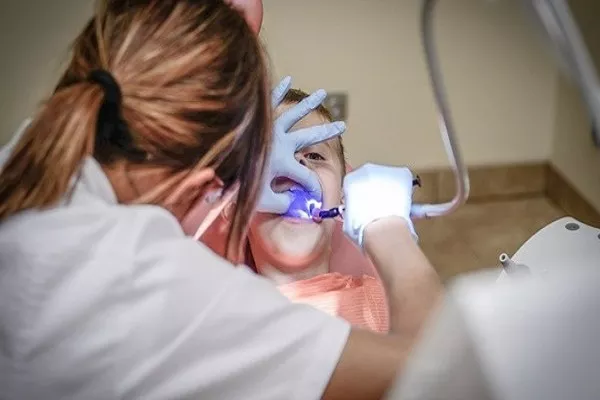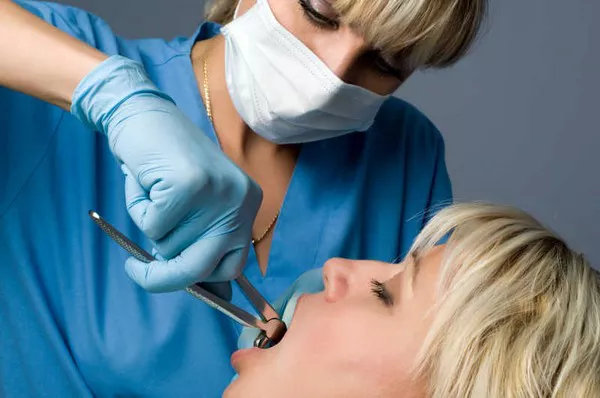Dental fillings are a common dental procedure used to repair cavities or damaged teeth. They are designed to last for several years, but they can still crack or break over time due to a variety of reasons. When this happens, it can cause pain and discomfort for the patient, leading them to wonder if a cracked filling is the cause of their pain.
In this article, we will explore the causes and effects of dental pain caused by cracked fillings, as well as ways to prevent and treat this condition.
Causes of Cracked Fillings
There are several reasons why a filling may crack, including:
- Tooth decay: If the tooth surrounding the filling begins to decay, it can put pressure on the filling and cause it to crack.
- Teeth grinding or clenching: Grinding or clenching your teeth can put excessive pressure on your fillings and lead to cracks.
- Age or wear: Over time, fillings may simply wear down due to normal use, which can lead to cracking.
- Temperature changes: When you eat or drink something very hot or very cold, your teeth may expand or contract, which can put pressure on your fillings.
- Improper placement: If the filling is not placed correctly or if there is insufficient support for the filling, it may crack.
If you have a cracked filling, it’s important to see your dentist as soon as possible to prevent further damage to your tooth.
Effects of Cracked Fillings
If left untreated, a cracked filling can lead to several potential effects, including:
- Pain and sensitivity: A cracked filling can cause pain or sensitivity when you bite down or chew food.
- Tooth decay: A crack in a filling can allow bacteria to enter the tooth and cause decay.
- Infection: If bacteria enters the pulp of the tooth, it can lead to infection and even abscess.
- Fracture of the tooth: A cracked filling can weaken the tooth, which may increase the risk of a fracture.
- Need for more extensive dental work: If the crack is severe, it may require more extensive dental work, such as a root canal or crown.
It’s important to see your dentist if you suspect that you have a cracked filling, even if you are not experiencing any symptoms. Early detection and treatment can help prevent further damage to your tooth and potentially save you from needing more invasive procedures later on.
Prevention of Cracked Fillings
Preventing cracked fillings is possible by following these tips:
- Good Oral Hygiene: Regular brushing and flossing can help keep teeth healthy and strong, reducing the risk of damage to existing fillings.
- Avoid Hard Foods: Chewing on hard foods, such as ice or popcorn kernels, can put unnecessary stress on fillings, leading to cracks.
- Wear a Mouthguard: Wearing a mouthguard while playing sports or engaging in activities that could cause dental trauma can help prevent cracked fillings.
Treatment of Cracked Fillings
If you suspect you have a cracked filling, it’s essential to see your dentist as soon as possible. Depending on the severity of the crack, treatment options may include:
- Refilling: If the damage is minimal, your dentist may be able to remove the old filling and replace it with a new one.
- Crown: In cases where the crack is severe, a crown may be necessary to protect the tooth from further damage.
- Root Canal: If the crack has reached the pulp of the tooth, a root canal may be needed to remove the infected tissue and save the tooth.
Cracked fillings can cause pain and discomfort, but they are treatable with prompt attention from a dental professional. By following good oral hygiene practices and taking steps to prevent dental trauma, you can minimize the risk of developing cracked fillings and reduce your chances of needing extensive dental treatment. Remember, if you suspect you have a cracked filling, don’t delay in seeking treatment to avoid further damage to your teeth and gums.
Related Topics:
































